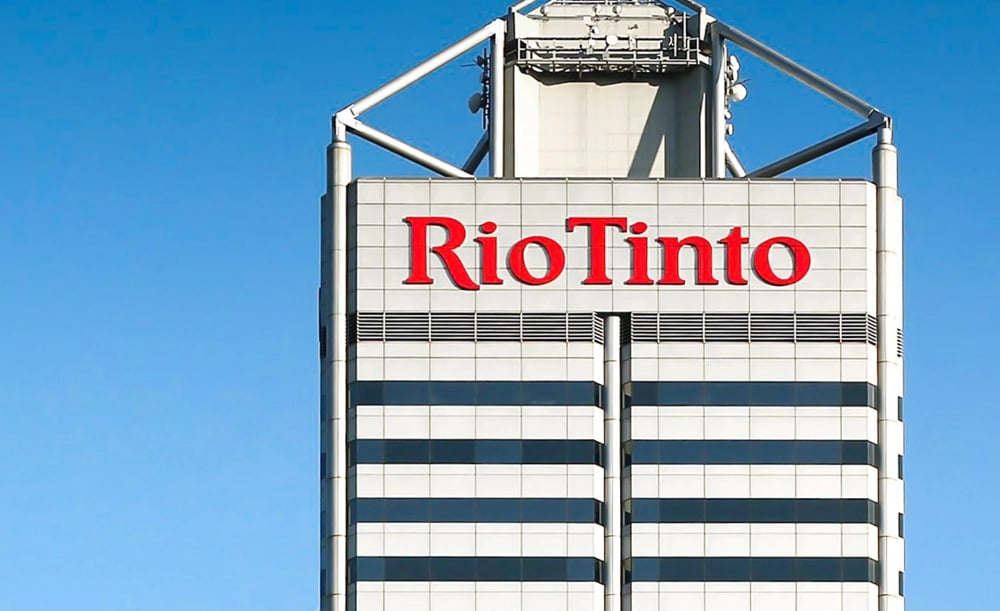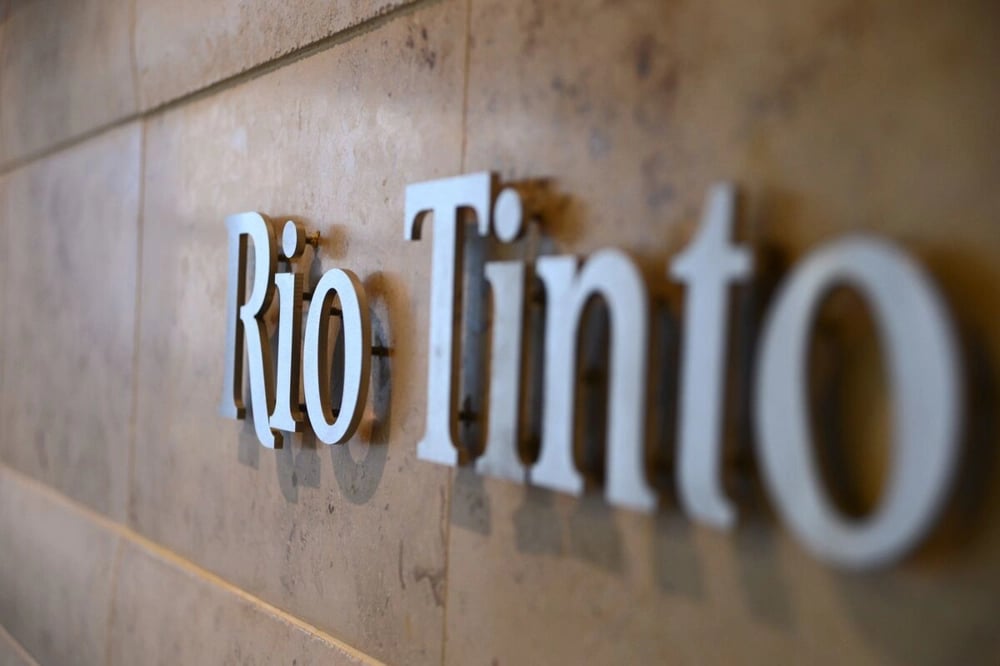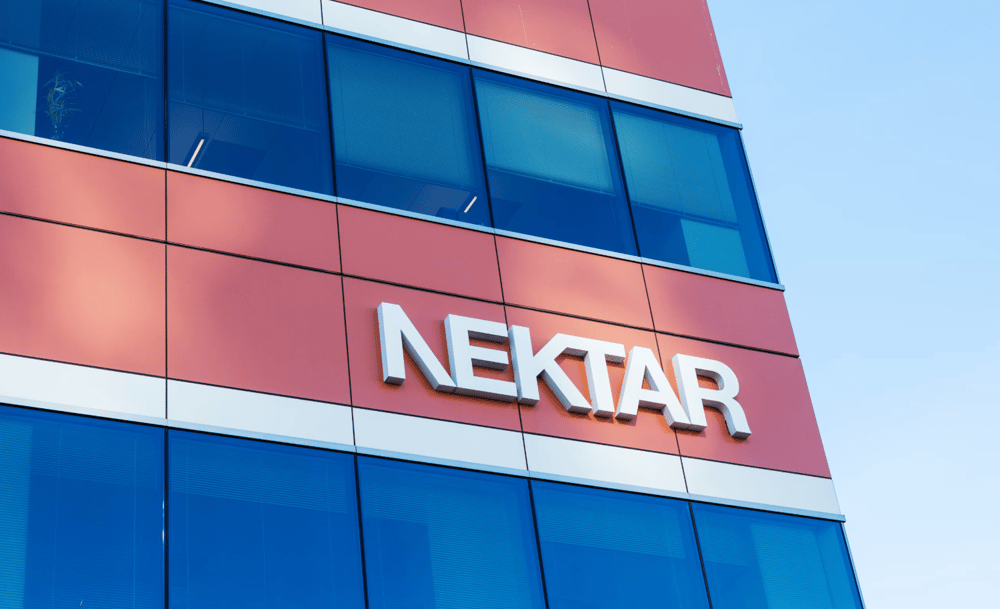Rio Tinto Pursues Government Aid Amid Rising Energy Costs
Rio Tinto $RIO, a global mining powerhouse, is currently engaging in discussions with Australian governmental authorities to secure financial assistance for its pivotal asset, the Tomago aluminum plant. Located in New South Wales, Tomago is renowned as the largest electricity consumer in the region, drawing approximately 12% of the state's energy supply. As reported by the Australian Financial Review, the negotiations center around securing energy contracts for 2026-2029 and exploring potential federal government tax concessions.
The Complexity of the Negotiations
The challenges faced by Tomago stem largely from soaring energy prices, propelling Rio Tinto to explore more nuanced solutions beyond simple subsidies. Australian Financial Review sources suggest that Rio Tinto's dialogue is primarily with the state government of New South Wales. Crucially, any potential support mechanism is expected to be intricate, reflecting the multifaceted nature of the energy and industrial landscapes.

Strategic Move Towards Renewable Energy
Rio Tinto's strategic vision for Tomago aligns with global sustainability trends. The company is ambitiously striving for renewables to account for over 50% of the plant’s energy consumption by 2030, with the ultimate goal of eliminating fossil fuel use by 2035. This transition is not only responsive to environmental imperatives but also anticipates future energy pricing dynamics.
Economic Implications of Rio Tinto's Demands
The bid for government assistance raises pertinent economic considerations. As the second-largest mining corporation globally, Rio Tinto's operations affect both local markets and international supply chains. Their plea for intervention raises broader questions about governmental roles in supporting major industrial players amid economic pressures.
Potential Government Assistance Structures
Tax Incentives: Reduction in production taxes could alleviate financial burdens and encourage sustainable practices.
Energy Price Subsidies: Targeted subsidies might help moderate energy costs for the plant.
Partnerships in Renewable Projects: Joint ventures could foster renewable energy adoption and infrastructure development.

Concluding Thoughts
Rio Tinto's pursuit of financial aid underlines the exigent realities confronting heavy industries in an era of fluctuating energy markets. The strategic pivot towards sustainable energy not only addresses cost pressures but also endeavors to reposition Tomago as a leader in renewable utilization. The unfolding negotiations will possibly set precedents for governmental intervention in industrial ventures facing similar challenges.















Comments
Rio Tinto's bold energy negotiations at Tomago might just pave the way for a new era in industrial partnerships.
Rio Tinto's proactive energy negotiations at Tomago could be a game-changer for the mining industry.